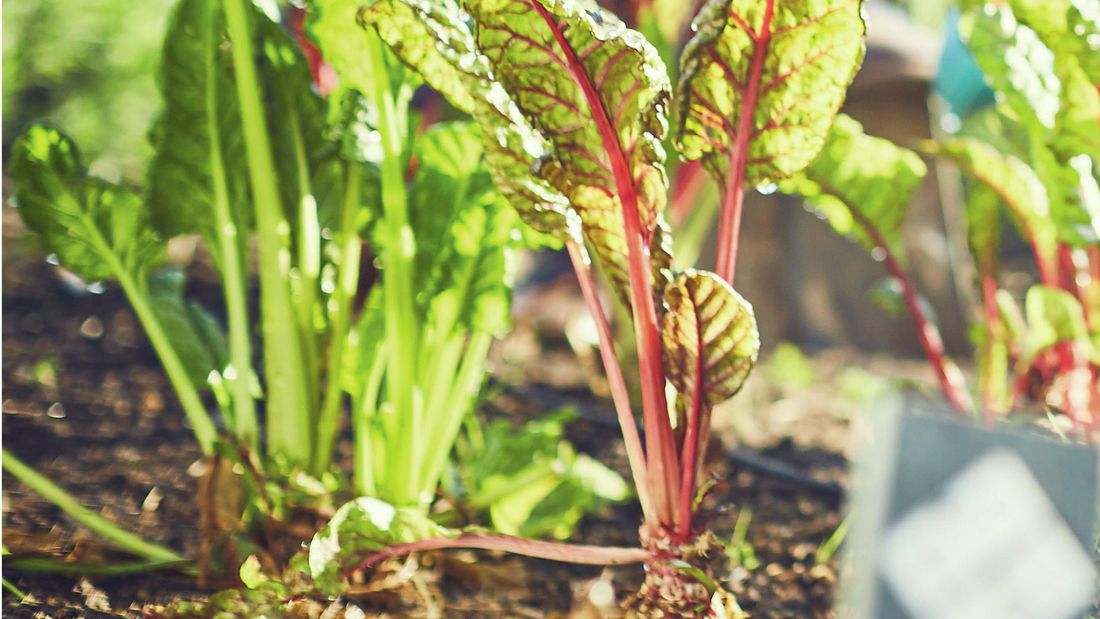Prepare your vegie patch for a productive spring
Veg out
In most parts of Australia, the majority of winter crops are coming to an end, but it's a sign of warmer times – and more vegies, herbs and fruits – to come! If you prepare early and get your beds up to scratch now, you'll enjoy a productive patch this spring. Follow these tips to get a head start on a bumper harvest.
War on weeds
Weeds have an uncanny ability to pop up anywhere, anytime, especially in vegie beds. “It's important to remove them because not only do they look unsightly, but they steal valuable water and nutrients from your plants and can also potentially harbour pests and diseases,” says horticulturist Matt Carroll . Combat the spread of weeds by digging them out, roots and all.
Out with the old
Your winter vegies have served you well, but now it's time to harvest the last of them and add the rest to the compost or green waste. If pests or diseases affect any parts, discard them so you don't spread the problem.
Rejuvenate your soil
A good, productive vegetable patch starts from the ground up, so revitalise and rejuvenate your soil by adding organic matter and compost. You'll improve your chances of achieving bountiful crops if your garden beds get a generous dose of a soil improver, such as Seasol liquid compost, which doesn't have to be dug in.
Water works
Over time, soil can become hydrophobic (water repellent), meaning that despite your best efforts, water will not sink through the soil so isn't directed where it needs to go: to your plants' roots. “Hydrophobic soil is problematic for both plants and our water usage,” says Matt. “We need to ensure each drop of water is not wasted and we can do this by adding wetting agents to the soil.” These agents help soil absorb water and are available in both granular and liquid options for easy application.
Tip: If you have irrigation, check that lines, drippers or sprinklers aren't blocked, and replace worn parts. Thinking about installing irrigation? Buy D.I.Y. kits in store and get to it now.
Preparing for planting
Most leafy greens, including spinach, lettuce and Asian greens, can go in the ground now. Feed them regularly with a complete fertiliser. “Don't forget to apply a layer of mulch, like sugar cane or pea straw, to keep the soil warm and help suppress weeds,” says Sue Edwards of Seasol. “Also, get a head start on your spring and summer crops, like tomatoes and silverbeet, by sowing seeds in a mini greenhouse and keeping them on a warm windowsill.” Once the weather warms, they'll be ready for transplanting outside.
Tip: Use the last weeks of the cooler weather to prepare your soil for spring and new-season plantings








